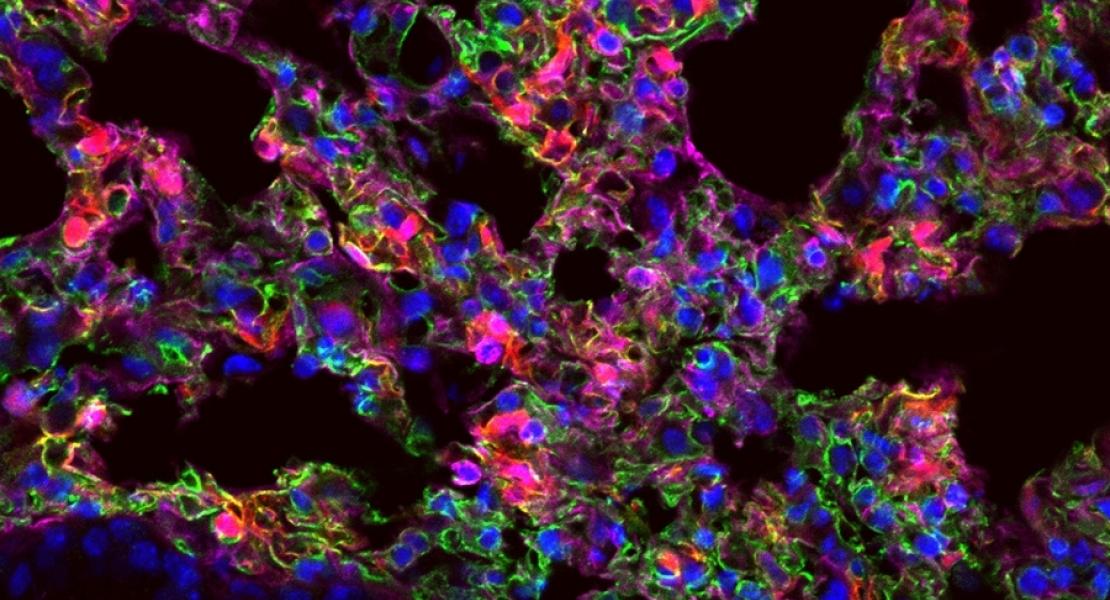Saturation editing of genomic regions by multiplex homology-directed repair

Abstract
Saturation mutagenesis1,2—coupled to an appropriate biological assay—represents a fundamentalmeans of achieving a high-resolution understanding of regulatory3 and protein-coding4 nucleic acid sequences of interest. However, mutagenized sequences introduced in trans on episomes or via random or ‘‘safe-harbour’’ integration fail to capture the native context of the endogenous chromosomal locus5 . This shortcoming markedly limits the interpretability of the resultingmeasurements ofmutationalimpact.Here,we coupleCRISPR/ Cas9 RNA-guided cleavage6withmultiplex homology-directed repair using a complex library of donor templates to demonstrate saturation editing of genomic regions. In exon 18 of BRCA1, we replace a sixbase-pair (bp) genomic region with all possible hexamers, or the full exon with all possible single nucleotide variants (SNVs), and measure strong effects on transcript abundance attributable to nonsensemediated decay and exonic splicing elements.We similarly perform saturation genome editing of a well-conserved coding region of an essential gene, DBR1, and measure relative effects on growth that correlate with functional impact. Measurement of the functional consequences oflarge numbers of mutationswith saturation genome editing will potentially facilitate high-resolution functional dissection of both cis-regulatory elements and trans-acting factors, as well as the interpretation of variants of uncertain significance observed in clinical sequencing.
